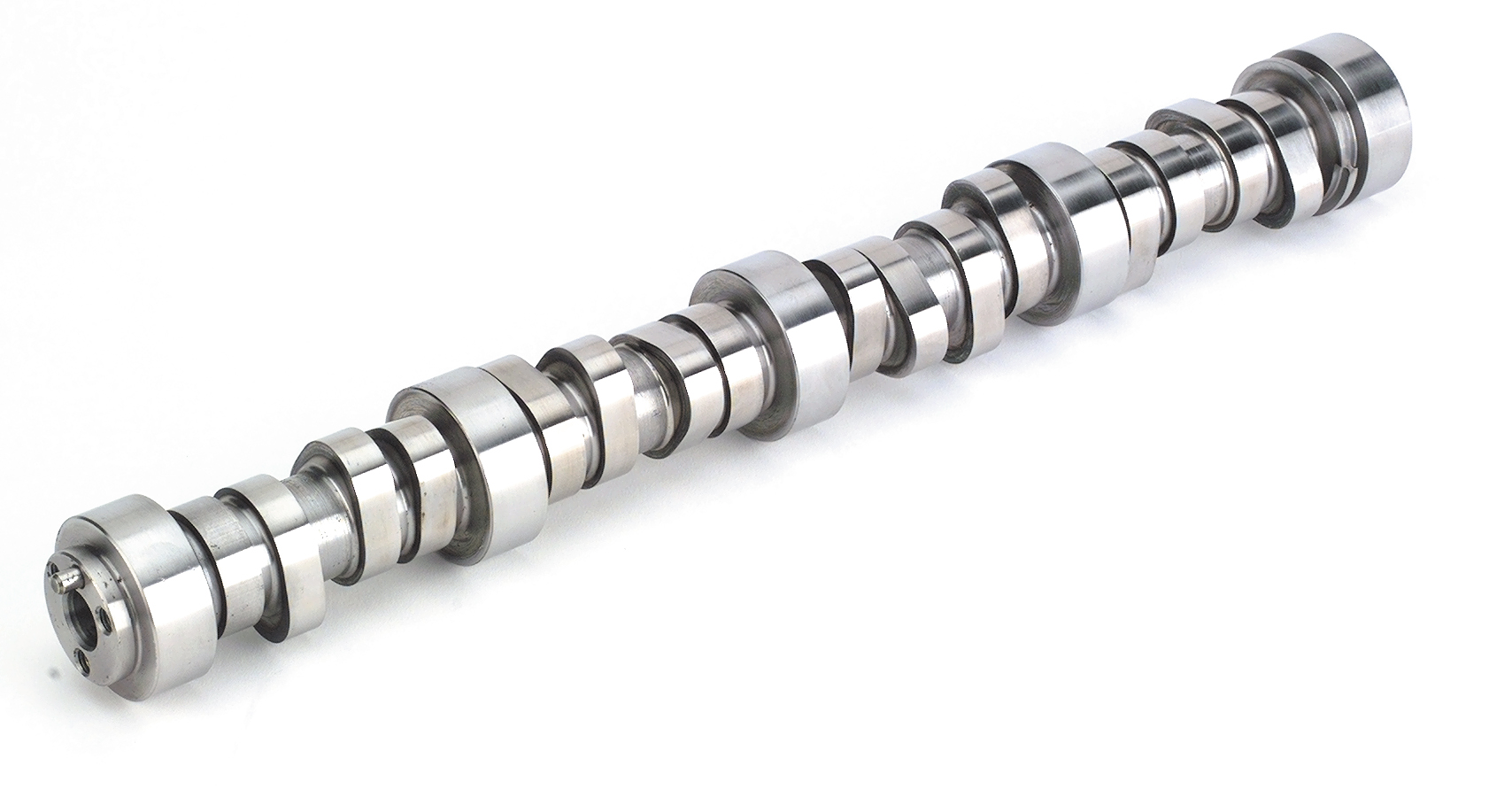When it comes to engine performance, the camshaft is akin to the maestro of an orchestra, directing the timing and intensity of each component’s performance. Much like the difference between a symphony’s delicate strings and the thunderous resonance of brass, camshafts come in two dominant flavors: flat tappet and roller. The choice between these two designs can significantly impact your engine’s behavior, efficiency, and ultimately, its soul.
As we dive into this mechanical symphony, we’ll explore the intricacies of flat tappet and roller camshafts, examining their individual characteristics and determining which can best serenade your engine.
Understanding the Basics
Before plunging too deep into the nuances, let’s clarify what a camshaft does. A camshaft regulates the opening and closing of the engine’s valves in sync with the pistons’ movements. This precision is crucial for optimal fuel intake and exhaust expulsion. Now, the two principal types of camshafts—flat tappet and roller—differ in design and function, leading them down distinctly different roads of performance and application.
The Flat Tappet Camshaft: A Classic Tune
The flat tappet camshaft, often regarded as the veteran of camshaft technology, has been patrolling our roads for decades. Its design features flat surfaces—dwell time is a critical facet here, as the lifters slide across these flat surfaces as the engine spins. This design is relatively straightforward, often leading to a more economical choice for engine builders and restorers of classic vehicles.
However, there’s a downside to this nostalgia. Flat tappet camshafts can experience higher friction levels due to the nature of their design, which can translate to accelerated wear. Moreover, they require more precise oiling and maintenance, as improper lubrication can lead to catastrophic failure—a bit like a classic car on a long trip without a pit stop for gas.
From a performance standpoint, flat tappet camshafts can yield excellent power, particularly at lower RPMs. If you’re restoring a classic car or working on a vintage race engine, a flat tappet setup may provide that authentic feel and connection to the past you seek.
The Roller Camshaft: Precision and Performance
Switching gears, let’s explore the roller camshaft—a design that embodies modern engineering principles aimed at maximizing performance and reliability. This variant employs roller lifters that, instead of sliding over the cam’s surface, roll along it. This ingenious mechanism minimizes friction, translating to less wear and tear over time.
Picture this: a high-performance athlete who employs fluid, effortless movements to achieve their best—this is the roller camshaft in action. With less friction, engines equipped with roller camshafts can take full advantage of higher RPMs, producing greater horsepower and torque, particularly in performance and racing applications.
Additionally, the roller camshaft shines brightly in terms of valvetrain dynamics. Its design allows for quicker valve opening and closing, resulting in better performance across a wide RPM range. If you’re building a high-performance engine or pursuing competitive racing, a roller camshaft may well be the secret ingredient to achieving peak performance.
Maintenance and Longevity: An Ounce of Prevention
Maintenance is an essential factor when evaluating these two camshaft types. The flat tappet camshaft, while classic, is notorious for requiring attentive upkeep. A hot engine, inadequate oil, or even a slight misalignment can spell trouble. Such factors can lead to rapid degeneration of the flat tappets, making regular oil changes and potential upgrades to oil formulations critical.
On the other hand, roller camshafts can be more forgiving. Their construction tends to promote increased longevity due to reduced friction. They are less prone to failure from improper lubrication, permitting enthusiasts to enjoy their engines for longer stretches before intervention becomes necessary.
Cost Considerations: Budgeting Your Build
When adding parts to a performance budget, it’s critical to assess cost implications. Flat tappet camshafts are generally more affordable. This can make them appealing for those on a limited budget or for those restoring vintage engines where originality matters. However, the cost savings come with the potential for increased maintenance costs, which could outstrip initial savings.
In contrast, roller camshafts, while pricier upfront, can be seen as a long-term investment. Their durability and enhanced performance often offset their initial costs over time. The adage “you get what you pay for” holds especially true in this arena, where a roller cam can bring undeniable benefits to performance-driven builds.
Choosing the Right Camshaft for Your Engine: A Personal Serenade
Ultimately, the choice between flat tappet and roller camshafts hinges on your specific application and priorities. Are you resurrecting a classic car with dreams of authenticity? A flat tappet might serenade your engine quite beautifully. Conversely, if aspiring for performance, reliability, and longevity, the precision-driven nature of a roller camshaft will take you further down the road of high-octane enthusiasm.
Regardless of the choice, understanding your vehicle’s needs is paramount. Just as a great symphony has various compositions, your engine deserves a camshaft that complements its multifaceted nature. In this grand mechanical orchestra, the decision you make will dictate the harmony or discord; take the time to choose wisely. Every rev of the engine carries the rhythm of your choice—make it count.
